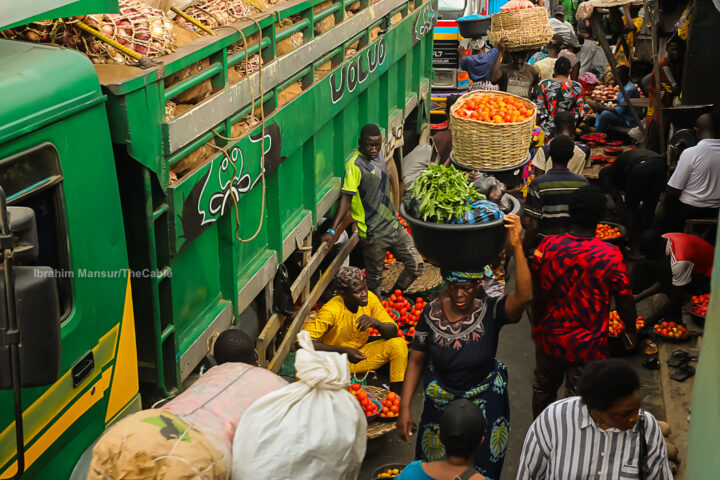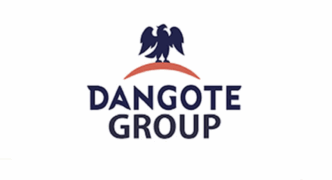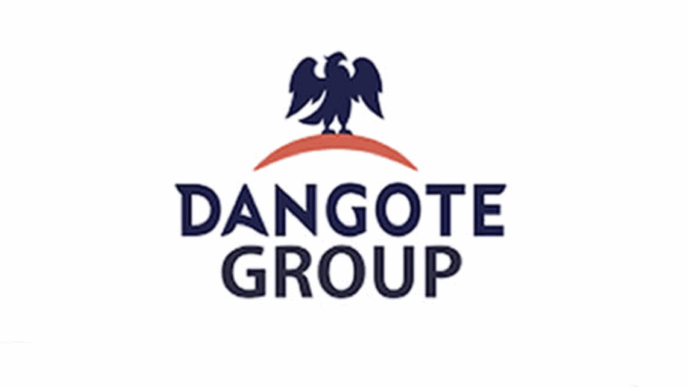The Centre for the Promotion of Private Enterprise (CPPE) says Nigeria’s rebased gross domestic product (GDP) offers a more expansive view of the economy but warns that growth in key sectors remains below expectations.
The National Bureau of Statistics (NBS) had, in July, released Nigeria’s rebased GDP figures, which now reflect current production patterns and consumption trends.
The updated figures show that nominal GDP rose to N372.8 trillion in 2024, representing a 41 percent increase over the 2019 numbers.
Muda Yusuf, director of CPPE, in a statement on Sunday, said while the NBS has achieved a significant milestone by updating the GDP base year to 2019, structural weaknesses persist across critical areas such as agriculture, manufacturing, and trade.
Advertisement
“GDP re-basing is a critical statistical exercise that updates the base year used for calculating national output, ensuring that the structure of the economy is accurately reflected in line with current realities,” he said.
“By adopting 2019 as the new base year, Nigeria’s GDP figures now incorporate recent changes in consumption patterns, production technologies, and sectoral dynamics.
“This provides a more realistic and comprehensive picture of the economy, which is essential for effective policy formulation, planning, and investment decisions.”
Advertisement
‘AGRICULTURE, MANUFACTURING BELOW PAR’
According to CPPE, agriculture expanded by 0.7 percent in Q1 2025, while manufacturing grew by 1.7 percent.
“The latest GDP numbers highlight the need to strengthen productivity in critical sectors such as agriculture, manufacturing, and trade,” Yusuf said.
“These sectors are essential for economic inclusion, job creation, self-reliance, economic security, and diversification.
Advertisement
“However, their current growth rates remain below expectations: agriculture grew by only 0.7% and manufacturing by 1.7% in Q1 2025. These sectors require targeted interventions to unlock their full potential and drive sustainable development.”
CPPE explained that a review of sectoral performance showed that 37 sectors recorded growth, although many experienced slower momentum.
Nine sectors were said to have contracted, while three — textiles, air transport, and coal mining — remained in recession after consistent declines.
“A review of sectoral performance in Q1 2025 shows that: 37 sectors recorded growth (many, however, slowed), 9 sectors contracted, and 3 sectors are in recession,” he said.
Advertisement
“Top-performing sectors included financial services [15.3%], oil refining [11.51%], transportation [14.08%], ICT [7.4%], and metal ores [25%].
“The following sectors contracted: Livestock [-16.7%], fishing [-0.21%], textiles [-1.63], coal mining [-22.3%], quarry & minerals [-21.55%], plastics and rubber [-3.2%], iron & steel [-0.35%], air transport [-0.81%].
Advertisement
“Sectors in recession include air transport, textiles, and coal mining. This follows their consistent contraction over the past few quarters.”
While the non-oil sector contributed 96.03 percent to GDP, Yusuf said its share of government revenue remains disproportionately low.
Advertisement
The economist commended the NBS for completing the rebasing exercise despite funding limitations and urged both policymakers and investors to make better use of the improved data.
Advertisement












